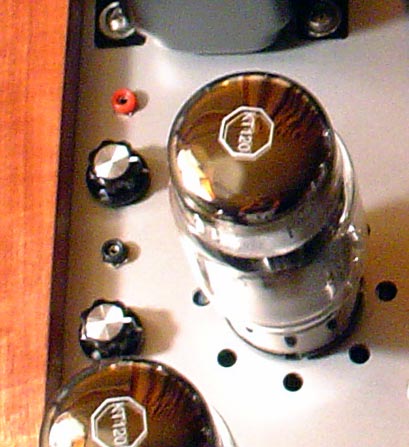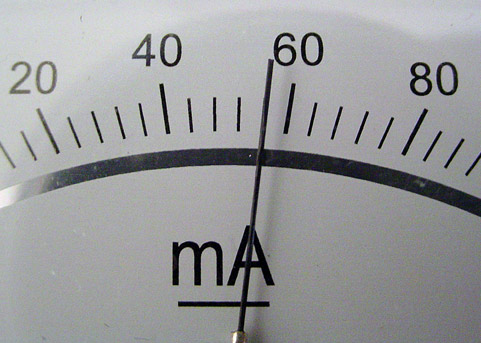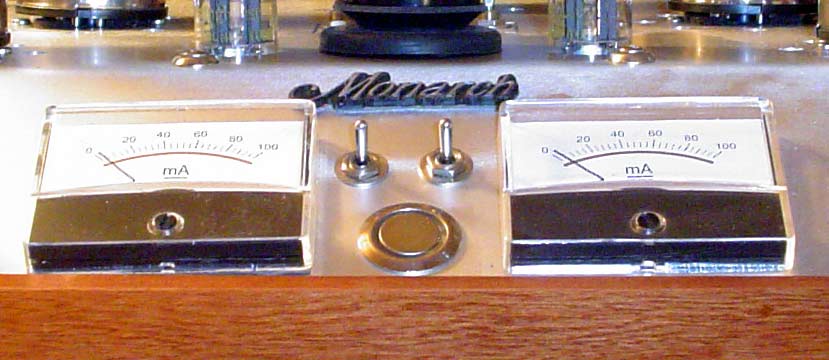mhardy6647
Lunatic Member
Here you go...I have another comment about this topic:
Tube amplifiers are for all intents and purposes an obsolete technology. No academic institution has covered them in any sort of detail for generations, and only the oldest members of this forum will have had any sort of formal training. When I was studying electrical engineering in the 1990s and early 2000s, even discrete transistor amplifiers were not studied in great detail. The focus was digital, FPGA's, microcontrollers, and so far as analog goes, op-amps. I remember one lab where we had to build a three stage discrete transistor amplifier, and I threw off the instructor by making it direct coupled, eliminating the output transformer, and adding decoupling capacitors. No thanks to anything I learned at university, though! I built my first tube amplifier when I was a young teenager, and since then 100% of what I know about tube amps has been due to personal interest and self study.
Given the absolute vacuum of formal education on the subject (no pun intended!), and the scattered and sometimes questionable resources available for those wanting to learn, it's no big surprise that terminology has lost or changed meaning. Frankly it's amazing that at this stage in the game there's even anyone making tubes anymore.
http://www.audioxpress.com/article/...er-techniques-with-electron-tubes-2nd-edition
plus, of course,
www.tubebooks.org




